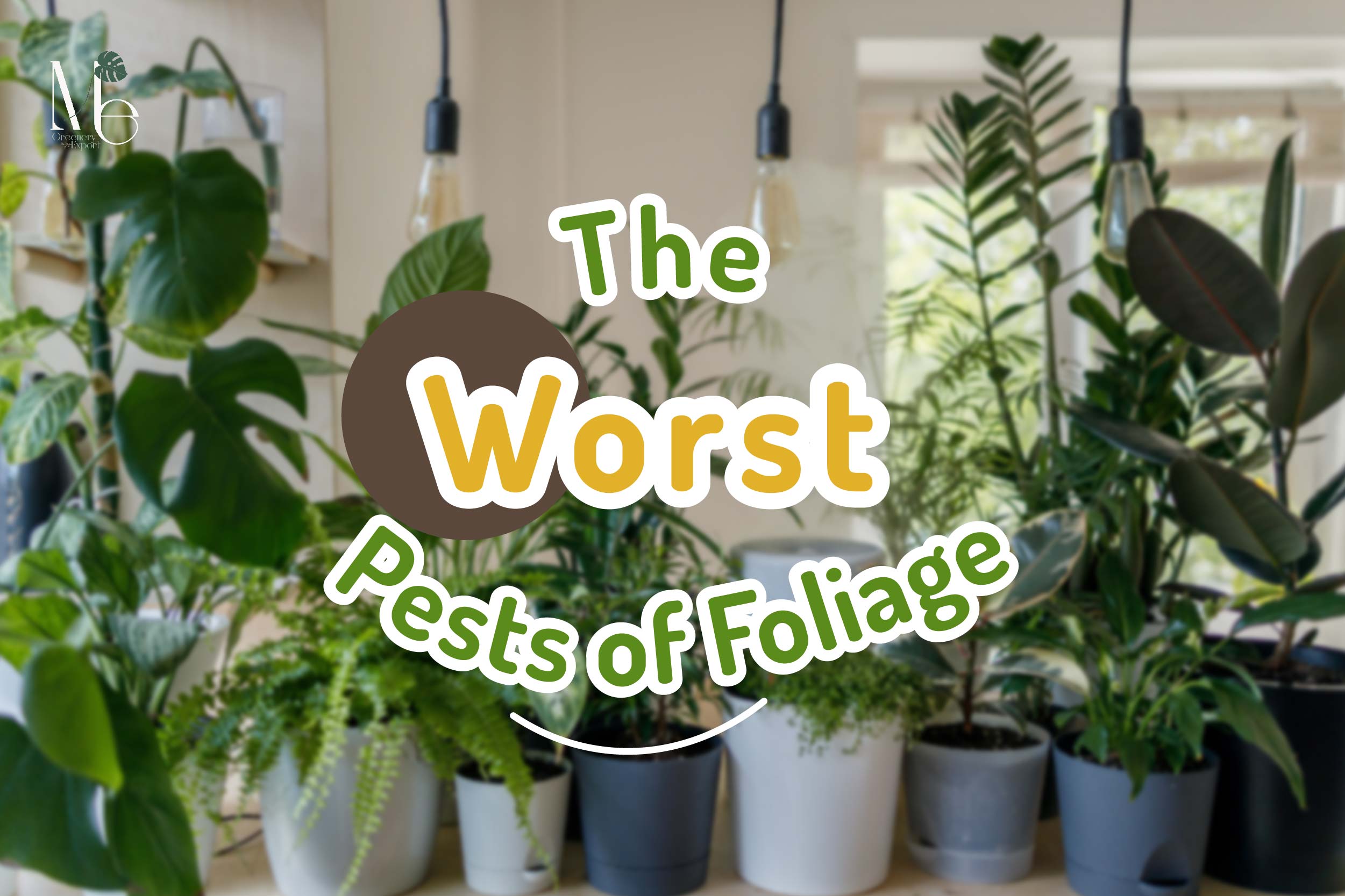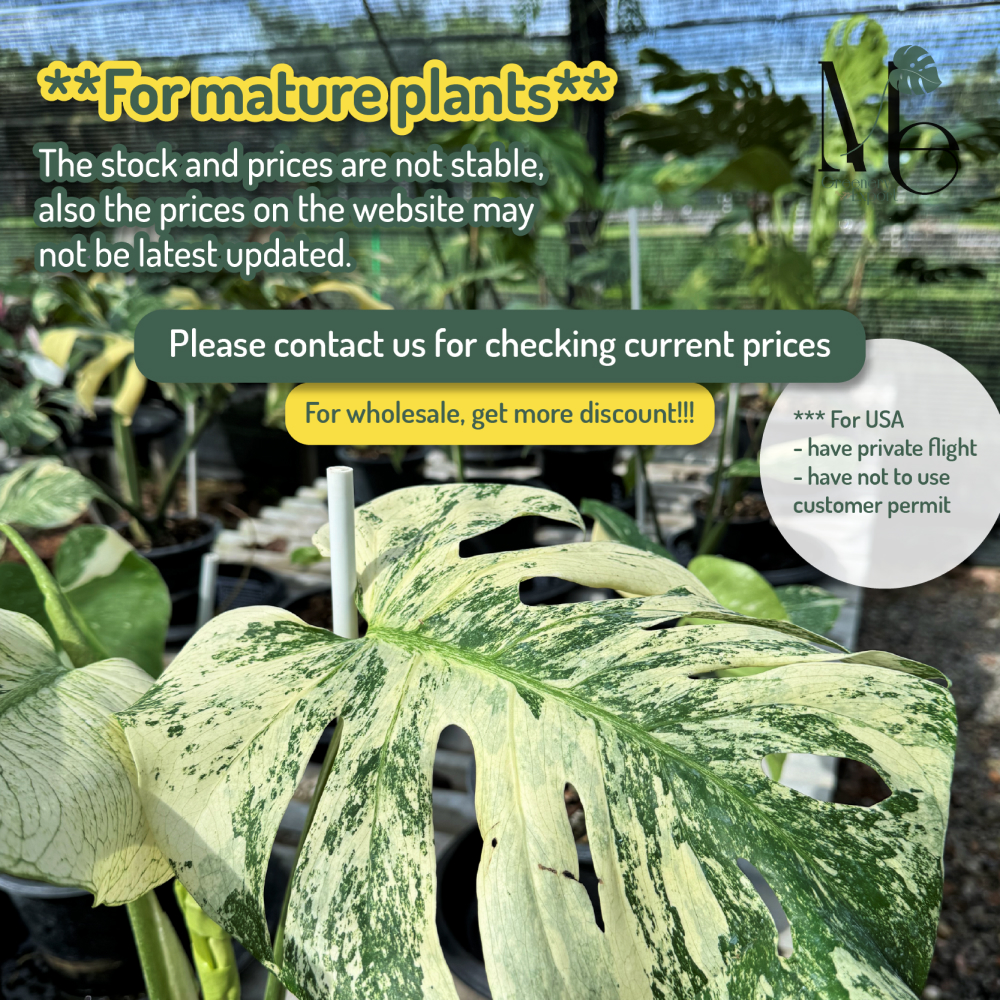No products in the cart.
We believe that many people who raise plants, whether flowering plants, foliage plants, or even kitchen vegetables, must have experienced the problem of pests invading the plants. Some people may use a more convenient method by using pesticides. However, do you know that herbs or things that can be easily found in our homes can also get rid of pests? You don’t need a lot of money, and it also helps prevent the plant from being damaged by too many chemicals. If you want to know if there is any good helper, please follow us!
Aphids
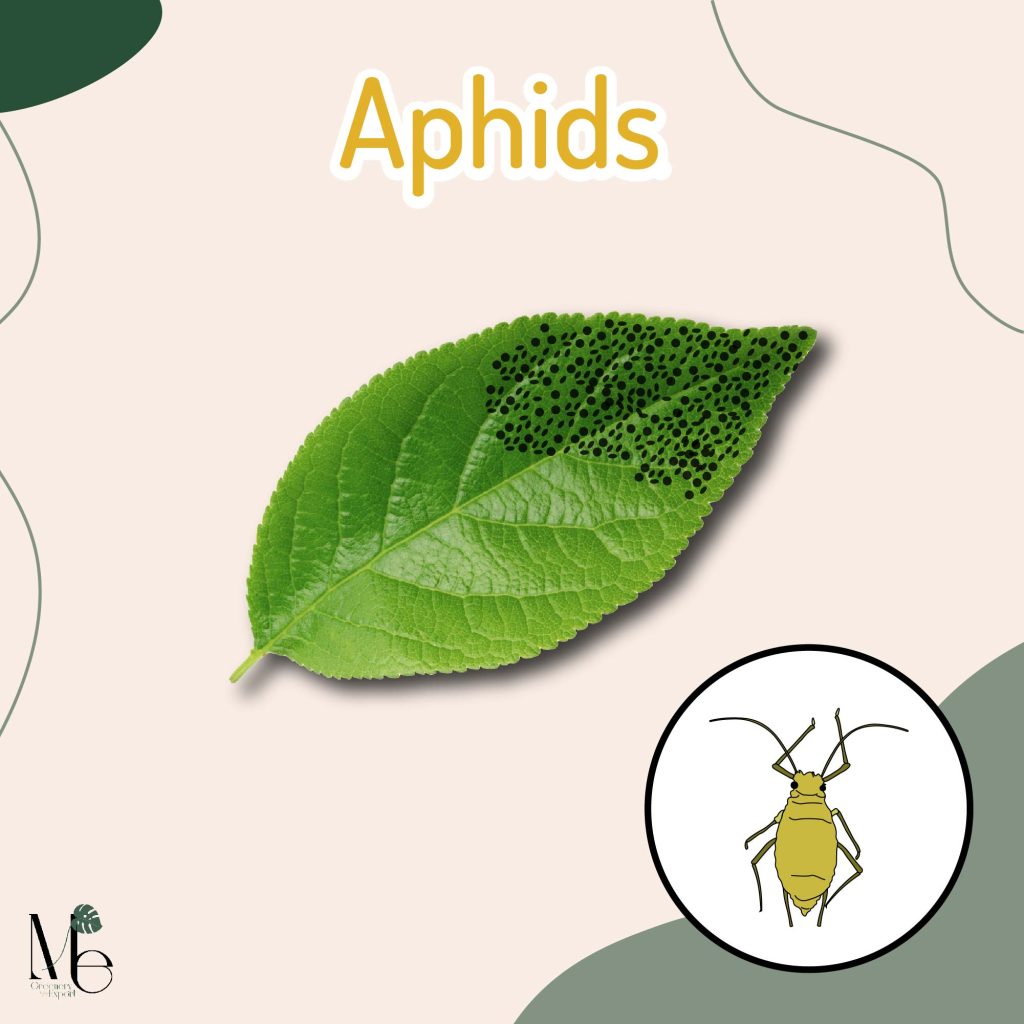
- Appearance: It has a soft body with a light green color. When it grows up, it starts to turn black. Often live together in a herd and rely on ants to travel to the plant. It sucks the sap from the young shoots and under the leaves.
- Damage: Yellowing, kinking, and causing black mold.
- how to get rid of:
– Soak alum in water and pour over walkways or ant nests to prevent ants from bringing aphids to the plant.
– Use your hand or a cotton ball to wipe it out. Then spray water to wash all over the plant area.
– Use neem extract to spray the area where the aphids settle.
– Chop Tinospora cordifolia and soak overnight in water, then filter it out. Bring that water to spray the area where the aphids are clinging.
– Use biological agents such as Beauveria fungi mixed with water to spray the area where aphids settle.
Mealybug
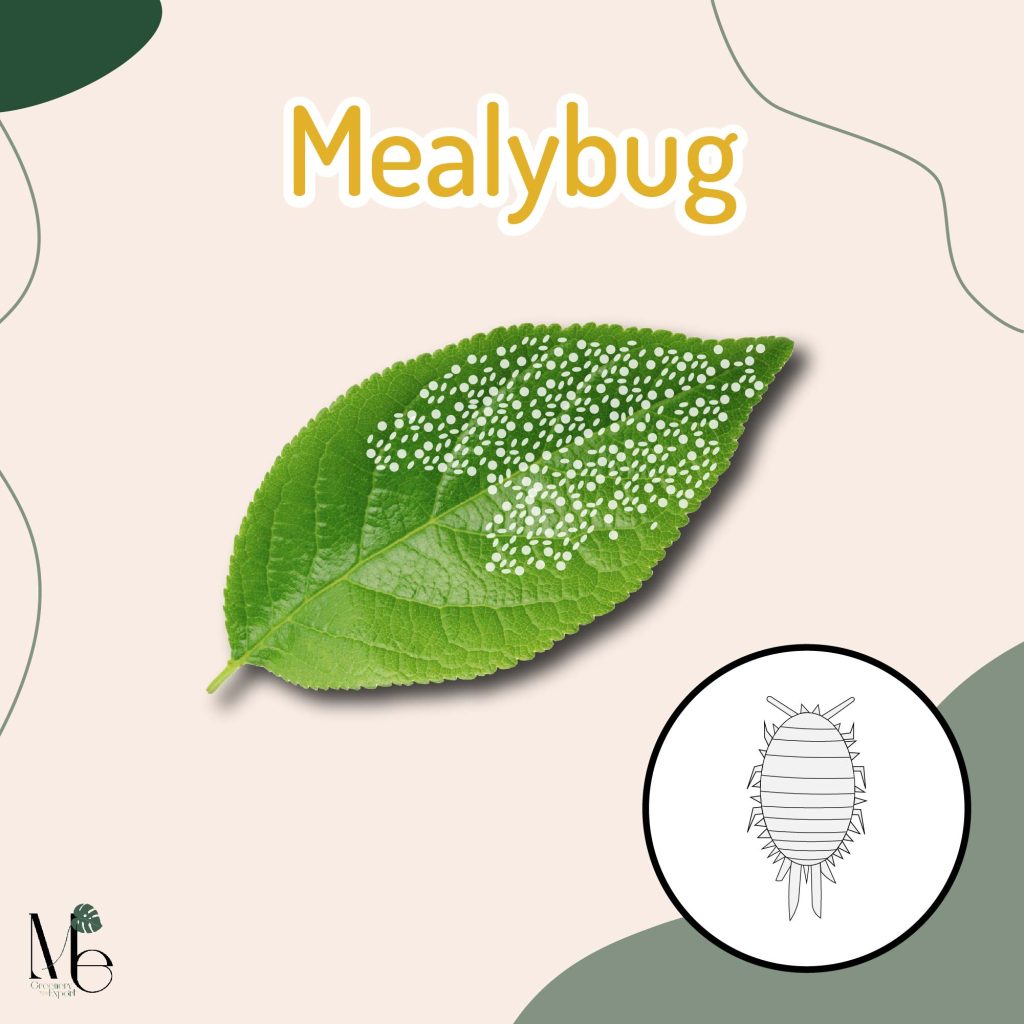
- Appearance: Small, soft with white powder covering the body. Suck the sap on the leaves, shoots, and stems. It grows well in hot and humid climates.
- Damage: Causing black mold, plants photosynthesize less, leaves curled and stunted.
- How to get rid of:
– Use a cotton ball moistened with alcohol or nail polish remover to wipe the area where the mealybug has settled.
– Mix tobacco with water and leave it for one night, then filter it out. Bring the water to spray on the area where the mealybugs settle. You could mix chili powder and finely pounded chili to increase the intensity.
– Use white wine mixed with vinegar to spray the area where the mealybug settles. You can also use this formula with other aphids and worms.
Moina macrocopa
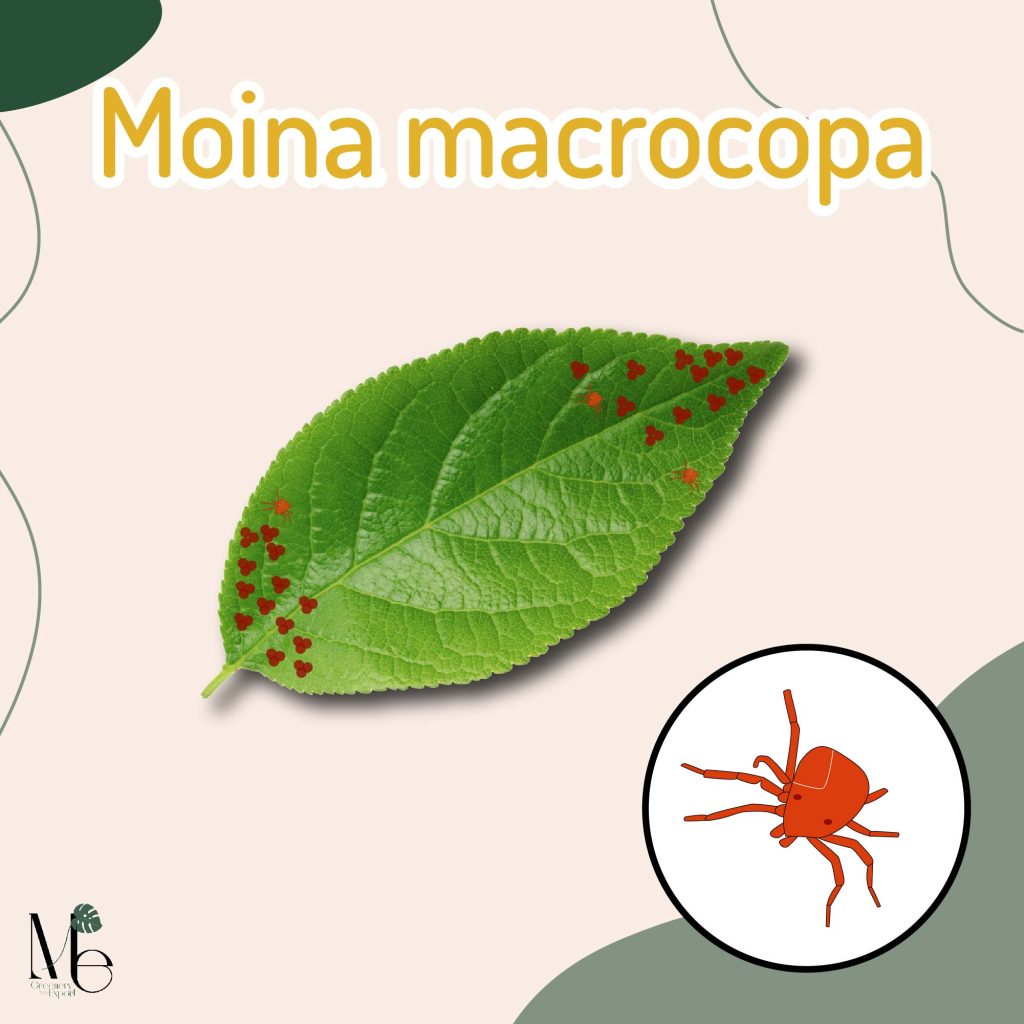
- Appearance: It has a dark red body and light yellow legs. It builds nests to protect itself, similar to spiders and found during the dry season.
- Damage: White spots and pale leaves.
- How to get rid of:
– Spray water to chase the area where the moina sticks.
– Use dishwashing liquid mixed with water to spray the area where the moina settled. Use a cotton swab or a makeup brush to brush the moina off.
– Pound the turmeric thoroughly, mix with water, and leave it for 1-2 days. Then, filter the turmeric out and bring the water to spray the area where the moina is located.
Snail
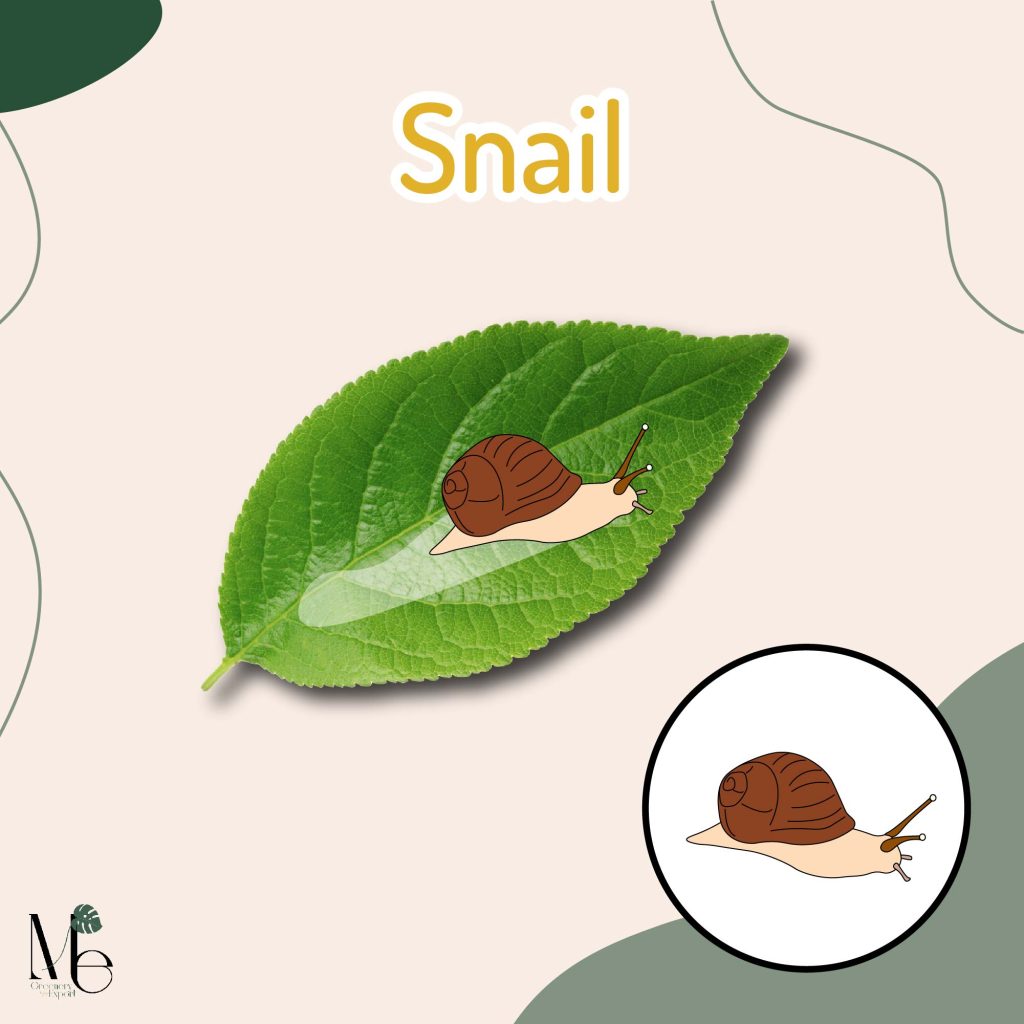
- Appearance: It is invertebrates with the body hidden under the shell. Grazing leaves for food, preferring to live in humid areas, and founding mostly in the rainy season.
- Damage: Torn and chipped leaves
- How to get rid of:
– Catch the snail with the bitten leaves, and throw them away to make sure no snail eggs remain in the plant.
– Use wood vinegar to spray the leaves or soil regularly.
– Crush the eggshells and sprinkle them around the soil or the plant plot.
– Sprinkle salt around the plant or dissolve it in water and spray it on the snail.
– Sprinkle tobacco on the snail’s body or mix with water and filter out. Bring the water to spray on the snail. It should be sprayed before dusk, which is the time when the snails start searching for food.
Caterpillar
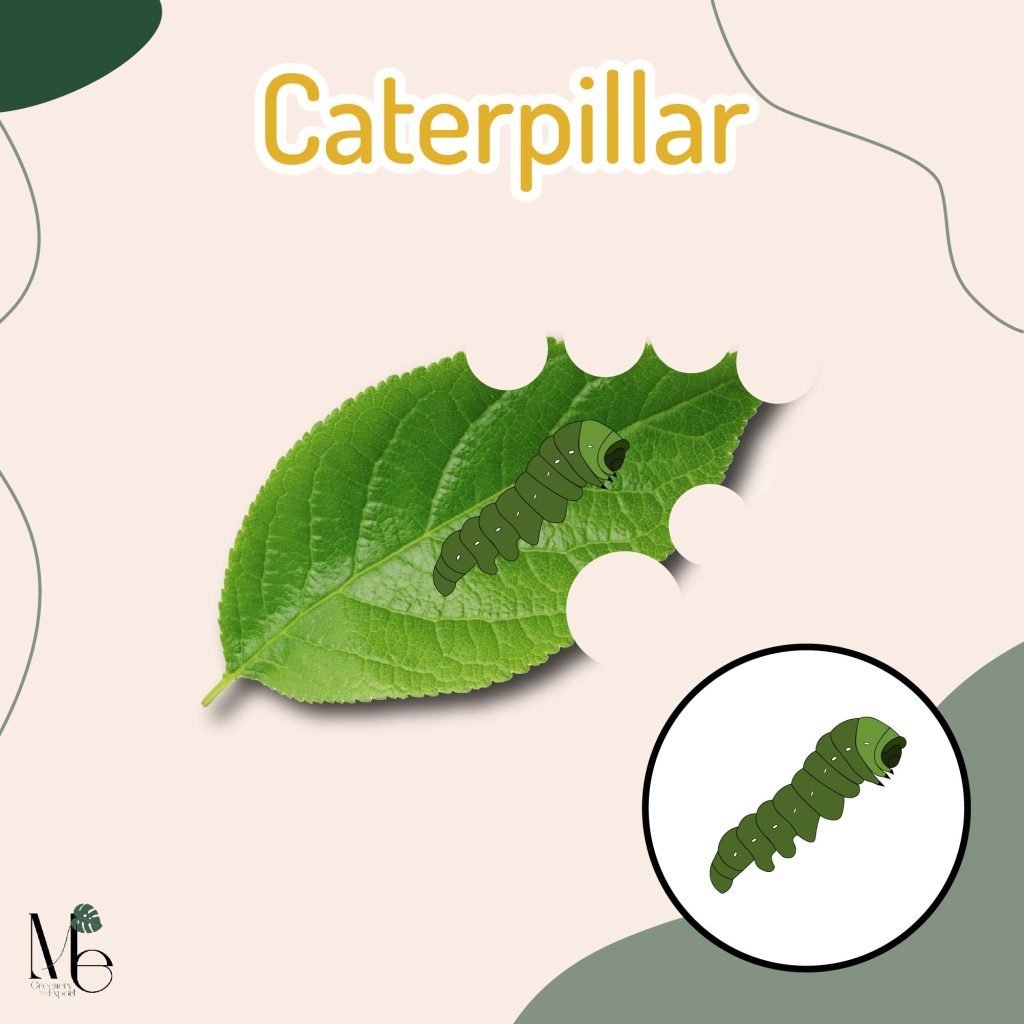
- Appearance: It has a fleshy, round, green, and length about 6-8 cm long. It is caused by butterflies flying to lay eggs around the leaves. As soon as the eggs hatch, they start grazing on the leaves for food until they hatch into pupae and eventually become butterflies.
- Damage: Leaves torn, dented, muted curls, and deformed leaves.
- How to get rid of:
– Catch the worms and throw them away.
– Use white wine mixed with vinegar to spray the area where the worms are attached.
– Chop the neem leaves, citronella, and galangal to pound them together. Mix the water and leave it for one night, then filter it out. Bring the water to spray on the area where the worms settle.
– Use chili powder and finely pounded chili mixed with water, leave it for one night, then filter it out. Bring water to spray the area where the worms are attached.
Rust

- Appearance: It is a fungus that can be found on leaves, branches, and stems. The first stage is light yellow, later turns brown. There is a spot powder attached to your hand like iron rust when you touch it. It spreads well in areas with high humidity.
- Damage: Leaves are burned and gradually fall off.
- How to get rid of:
– Trim the plant to make it airy for ventilation.
– Burn all leaves that have rust or put them in a sealed bag and throw them away.
– Take the finely chopped papaya leaves to mix with a little water. Squeeze out the juice, mix liquid soap and water and spray all over the rusted area. Repeat in 1 week.
– Mix calcium hydroxide with water and leave it for one night. Then, spray the plant every 2-3 days.
Lastly, we have a small trick when accepting new plants into the house for our dearest readers too. We suggest that you should separate the plant somewhere else for 1-2 weeks. Do not combine it with your old plant to see if the plant you have acquired has a pest or disease attached or not. Moreover, it does not spread to other plants and can be corrected promptly if there is any problem. The solutions mentioned above may have to be adapted to suit each plant. If you try to follow these techniques, please let us know how it works 🙂
Tags: Aphids, Caterpillar, Mealybug, Pests, Rust

